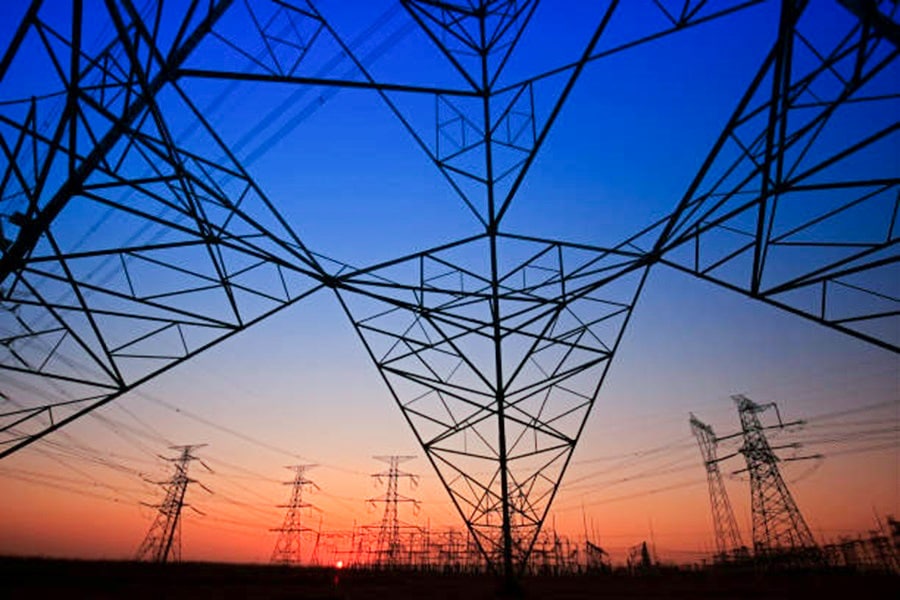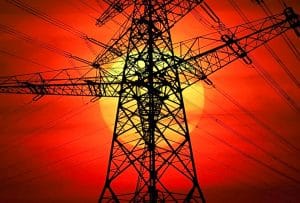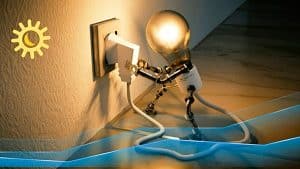Living in an apartment building, retirement village, caravan park, or even a large shopping centre comes with its own perks and quirks. One aspect you might not have considered is the possibility of being connected to an embedded network. But what exactly is an embedded network, and how does it impact your electricity usage in Australia? Buckle up because we’re diving headfirst into the world of embedded electricity networks!
You may already have an energy plan but want more power or to shop for a better deal.
Understanding the buzz: What is an embedded network?
An embedded network (EN) is essentially a private electricity network within a larger property or development. Instead of connecting directly to the main grid, these networks operate within the property’s boundaries, with internal wiring and metering infrastructure.
The owner or operator of the property, known as the embedded network operator (ENO), buys electricity wholesale from a retailer and then “onsells” it to individual occupants like residents or businesses within the network.
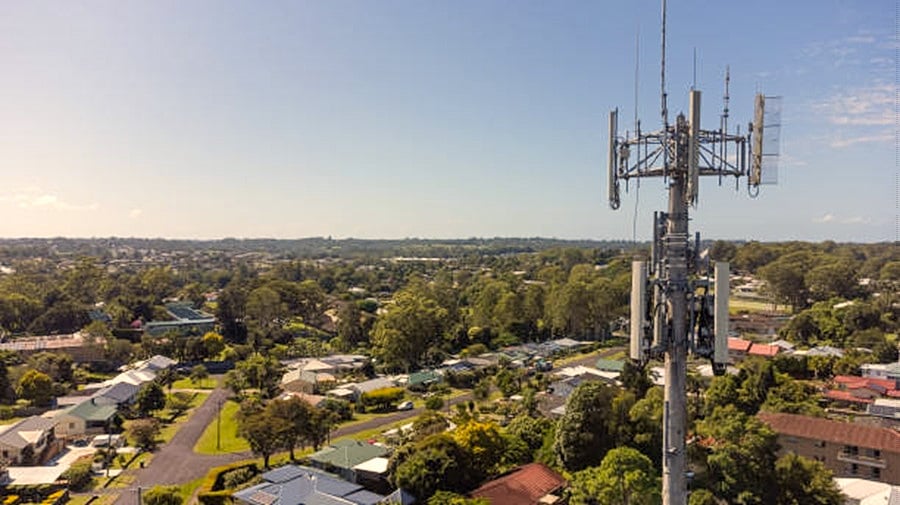
Settings like these are ideal for embedded networks:
- Retirement villages
- Shopping centres
- Commercial towers
- Business parks
- Apartment buildings
- Gated residential communities
So, how does it work? What’s the difference between an embedded network and a regular grid?
Think of it like this: the main electricity grid is like a highway, delivering power to entire cities and towns. On the other hand, an embedded network is a smaller, private road within a specific development, distributing power solely to those residing or operating there.
The owner or operator of the embedded network (known as the embedded network operator) purchases electricity wholesale from a licensed retailer. This bulk energy is then channelled through a central meter before being redistributed to individual consumers within the network, usually measured by sub-meters in each unit.
What are the benefits of embedded networks?
For residents: While not guaranteed, embedded networks can sometimes offer competitive electricity rates due to bulk buying advantages. Additionally, some ENOs might incentivise energy efficiency within the network, potentially leading to lower resident bills.
For ENOs: Embedded networks offer potential cost savings through bulk purchasing and control over network infrastructure. They can also implement innovative energy solutions like solar panels or battery storage within the network, potentially benefiting the ENO and residents.
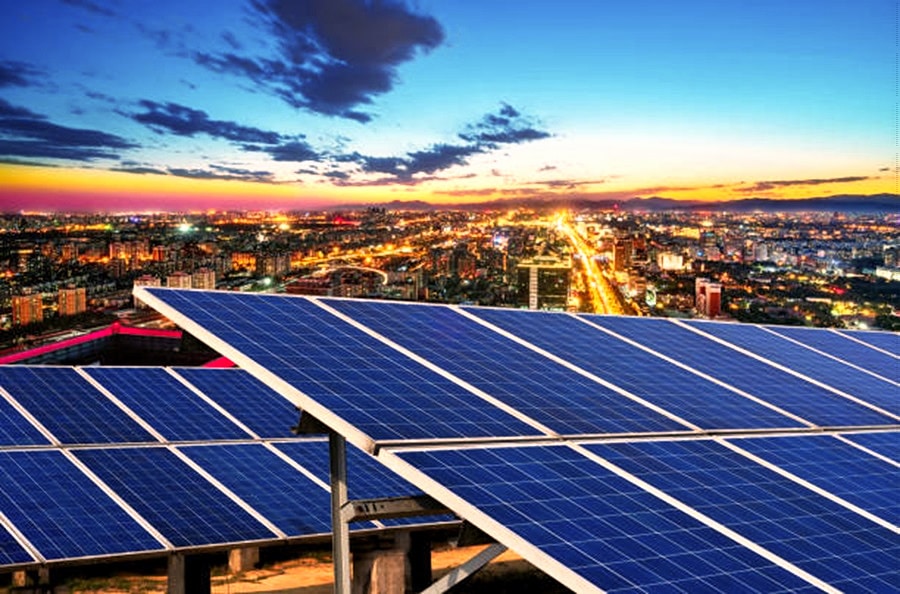
Ready to upgrade your solar panels and take your energy savings to the next level? Embrace the energy efficiency revolution by upgrading your solar panels, battery or solar inverters with Energy Matters.
With our 3 free solar quotes, you can compare plans from pre-qualified and vetted installers in your area and find the perfect solution for your home and business. Harness the sun’s power and save money on electricity bills while reducing environmental impact. Let Energy Matters guide you towards a brighter, more sustainable future.
Read more about solar panels and battery storage:
- Solar Panels in Australia – Tips, Prices & Key Info
- Solar Panel Sizes, Dimensions And Wattage
- How Commercial Solar Panel System Works
- Solar Battery Storage Systems – A Complete Guide
- Energy Storage – Home Solar Battery Systems
- Solar Battery Buying Guide: How to Make the Right Decision
What are the potential drawbacks?
Choice and flexibility: Residents in embedded networks might have limited choices regarding electricity retailers. Switching to another provider can be challenging due to the internal network structure.
Transparency and billing: Understanding your electricity bill in an embedded network can be trickier. Bills might not always clearly differentiate network charges from actual energy consumption.
Consumer protections: While regulations exist, consumer protections for embedded network residents might differ slightly from those in the traditional retail market.
Resources for empowered consumers
Understanding your embedded network situation is key to making informed choices about electricity consumption. Here are some helpful resources:
- The Australian Energy Regulator (AER): Provides information on embedded networks, consumer rights, and complaint resolution.
- Your embedded network operator: Contact them directly for specific details about your network and billing practices.
Navigating the embedded network landscape: Your rights and resources
As an embedded network consumer, you’re still protected by consumer rights and regulations in Australia. The Australian Energy Regulator (AER) ensures fair practices and transparency within the embedded network sector. You have the right to:
Know your rights: If you have issues with your embedded network service, you can contact the operator or escalate the matter to the AER. The Australian Energy Regulator (AER) provides resources and information to help you understand your rights and navigate any concerns.
Be informed: Ask your ENO for clear and transparent information about their pricing structure, billing practices, and complaint resolution procedures.
Access clear and accurate billing: Your embedded network operator must provide detailed bills outlining energy usage and charges.
Shop around: Choose your electricity retailer. While the embedded network operator might be your default supplier, you can opt for a different retailer if they offer service within the network.
While switching retailers within an embedded network might be challenging, it can be possible. Contact the AER or independent energy advisors for guidance.
Check out Energy Matters‘ “Free Energy Bill Comparator”, a cutting-edge energy bill tool that compares your area’s most competitive retail offers. We collect the data from our wide range of trusted retailers, allowing you to decide on the switching plan and find the best deal for your needs.
If your goal is to get more electricity and minimise the cost of your gas and electricity bills, switch to a better plan now!

The Future of embedded networks
With the rise of renewable energy and increasing focus on energy efficiency, embedded networks are expected to play a more significant role in Australia’s future energy landscape. As technology evolves and regulations adapt, it’s crucial for consumers to stay informed and engage in the conversation to ensure fair and transparent practices within these private networks.
Remember: This article is just a starting point. For specific details and regulations regarding your embedded network, consult your ENO and relevant authorities like the AER.
Knowledge is power, especially when it comes to your electricity. By understanding embedded networks and your rights as a consumer, you can make informed choices and ensure you’re getting the best possible deal on your energy.
Going solar
Are you looking to save money on your electricity bills and reduce your carbon footprint? Solar energy is the perfect solution! Energy Matters can help you get up to 3 FREE solar quotes from pre-qualified and vetted solar firms in your area.
Energy Matters has been a leader in the renewable energy industry since 2005 and has helped over 40,000 Australian households in their journey to energy independence. With Energy Matters, you can be sure you’re getting the best possible deal on solar energy. We only work with reputable solar firms with a proven track record of delivering high-quality solar systems.











